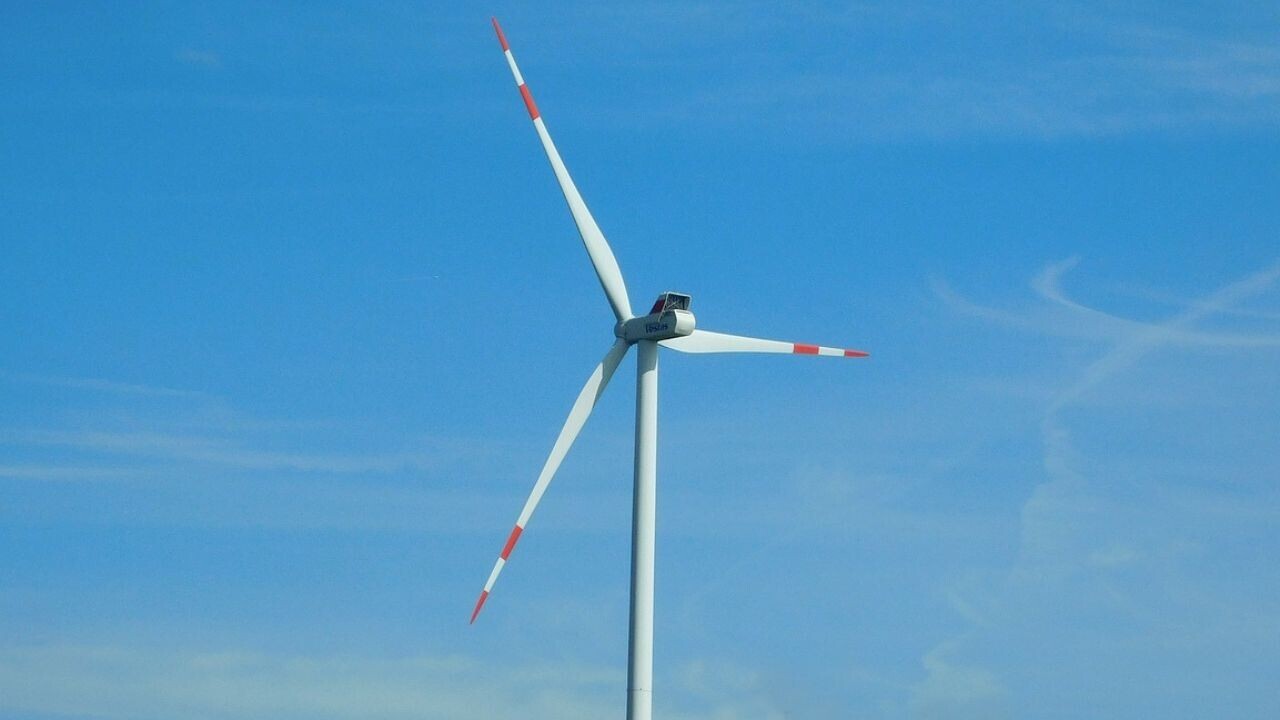
Amid an increasingly intense global race, EU lawmakers have agreed on a new set of rules to boost domestic production of green technologies.
On Tuesday, the European Parliament and Council struck a deal on the much-anticipated Net Zero Industrial Act (NZIA). The key regulation seeks to ensure that homegrown net-zerotech can cover at least 40% of the bloc’s demand by 2030.
“The NZIA is an important step in creating the necessary ecosystem to boost the manufacturing of clean technologies,” said Jo Brouns, Flemish Minister for Economy, Innovation, Work, Social Economy, and Agriculture.
Amongst the technologies designated as “strategic” for the union’s decarbonisation are solar power, onshore and offshore wind energy, batteries and energy storage, carbon capture, biogas/biomethane, and renewable hydrogen.
Streamlining processes
In response to the US’ Inflation Reduction Act (which offers $369bn of subsidies for American-made green tech), the NZIA aims to drive investment with the creation of more favourable processes and regulations.
For example, businesses in the space will be able to benefit not only from regulatory sandboxes, but also from fast permit-granting — set at a maximum of 18 months for larger projects (over 1 gigawatt) and of 12 months for smaller projects (less than 1 gigawatt).
“Streamlining permitting and licensing processes is critical for businesses aiming to deploy renewable and low-carbon technologies at scale,” Atle Christiansen, co-founder and CPO at Oslo-based Zerolytics, told TNW.
The act also introduces net-zero “valleys” with the aim to create clusters that can increase manufacturing activities.
Green tech competition
According to Christiansen, the NZIA marks a pivotal moment. “European businesses, especially those prioritising investments in green vs legacy technologies, risk falling behind international rivals who benefit from either more substantial subsidy schemes or the absence of net-zero commitments,” he explained.
The IRA presents a concrete example, triggering fears that European companies will be lured into setting up shop across the Atlantic. While the NZIA doesn’t offer a new pot of money to match the billion dollar subsidies (instead, it aims to coordinate various EU funds), it has the potential to drive both interest and investment.
“Much like how we’ve seen in the US, where the IRA has played a key role in driving funding in climate tech solutions in North America, we expect the act to create more favourable market conditions in Europe, and will generate confidence among aspiring founders and VCs, which will in turn boost innovation,” Marian Kruger, co-founder and managing director of Amsterdam-based accelerator remove.global, told TNW.
Apart from the US, the EU will also have to rival China’s dominance in the global solar supply chain, which is expected to hold 80% of the world’s manufacturing capacity between 2023 and 2026.
The NZIA will likely come into force later this year, following the final adoption by the Council and the Parliament. It remains to be seen whether the act (alongside the other schemes of the Green Deal Industrial Plan) will manage to mobilise the €1.5tn in investment per year Brussels says is needed to meet the bloc’s new climate goal: a 90% reduction of CO2 emissions by 2040.
Get the TNW newsletter
Get the most important tech news in your inbox each week.





